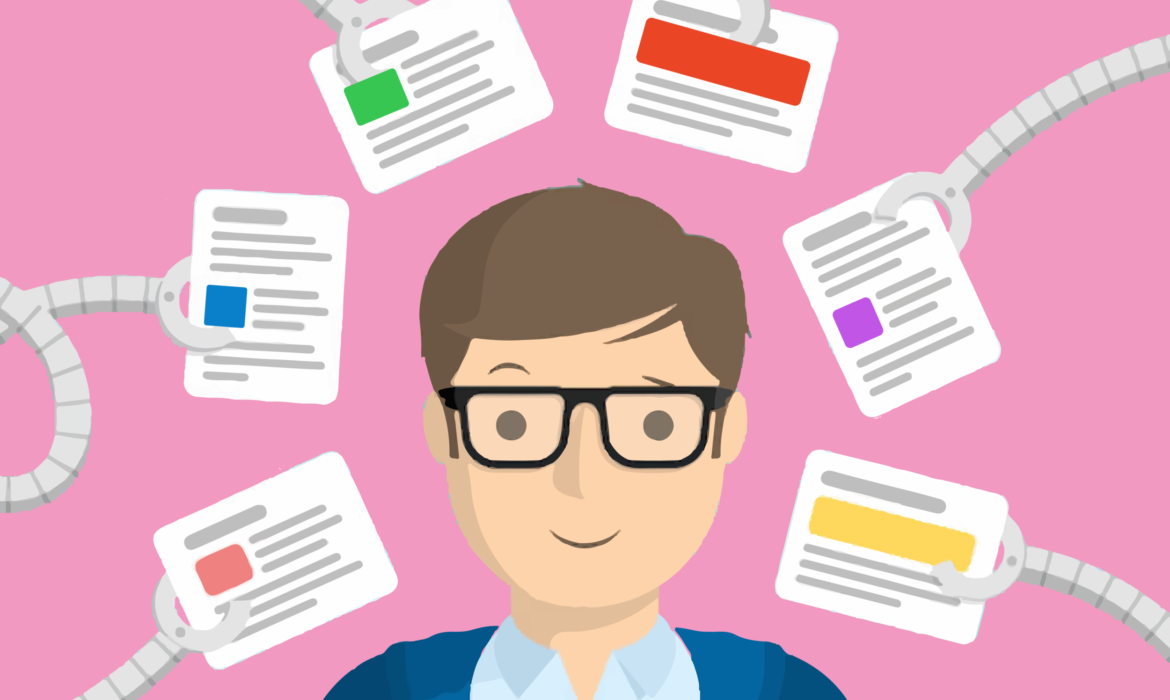What Is AI’s Customer Recommendation System?
AI’s customer recommendation system is now a super useful kind of stuff for multiple e-commerce industries around the world. It is a medium used by developers to predict peoples’ intent or choices in advance. Generally, recommendation systems algorithms rely on the history of purchases and page views carried out by the customers.
In these digital times many brands suggesting in-the-moment recommendations which are blended with artificial intelligence to look into the user’s interactions and find visibly decent products that will urge any individual buyer.
With the inclusion of AI, recommendation engines can make fast and to-the-point recommendations that are proportional to customer’s needs and preferences. Besides, online searching is also improving due to AI smart fusion since it makes recommendations allied to the people’s visual preferences instead of product types.

Artificial intelligence consulting engines are now the pain point for every business around the world. It is surely the remarkable alternative of search fields since they take you to the most preferred item or content you may like and may not find in another way.
That’s why sites like Amazon, Facebook, or YouTube are the well-wisher of the recommendation engines as they can lead you to a luxurious customer experience.
Let’s dive into the working mechanics of these super-smart recommendation systems and see how they acquire data and show recommendations.
How does a Recommendation Engine Work?
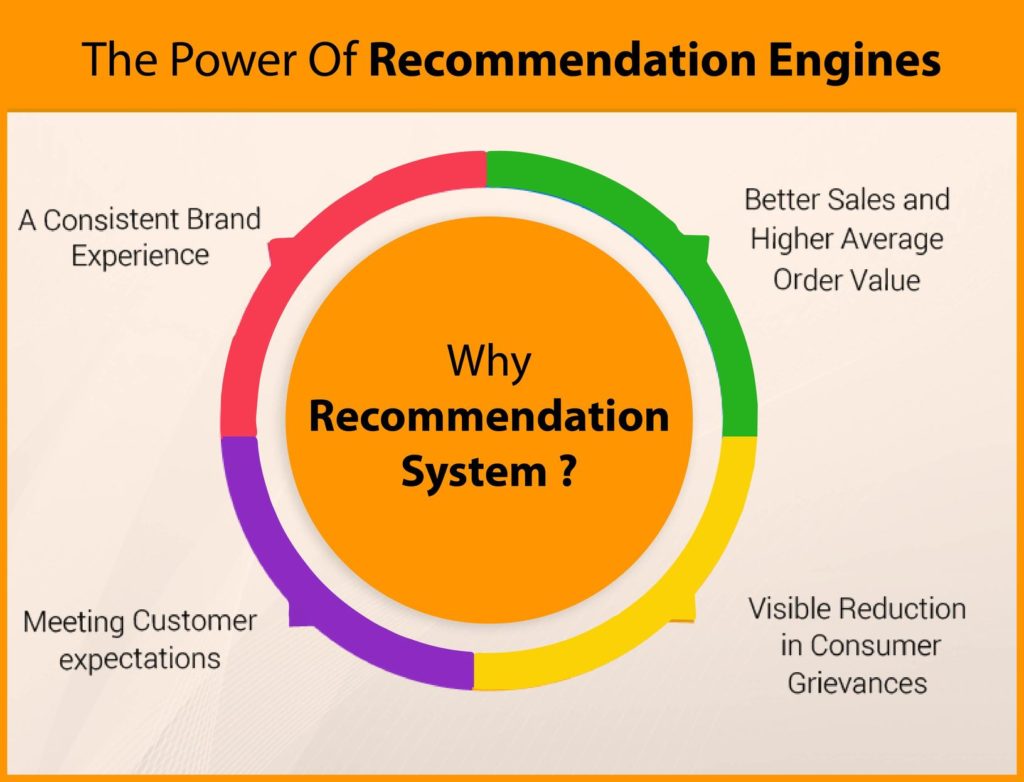
Shopping is one of the die-heart experiences for customers worldwide.
Remember, for a spell we used to consult with our friends about the purchasing of a product. Hence it’s the essence of people to buy things recommended by our buddies, whom we feel trusted with.
Digital times might be inspired by this ancient habit. Therefore, many of the online shopping sites you visit today, indulge with some kind of recommendation engine.
With the help of algorithms and data, recommendation engines offer the most relevant products to a specific user. It’s like an automated shop assistant. If you ask one thing, it also suggests another one that you may be interested in.
Machine Learning & Recommendation System
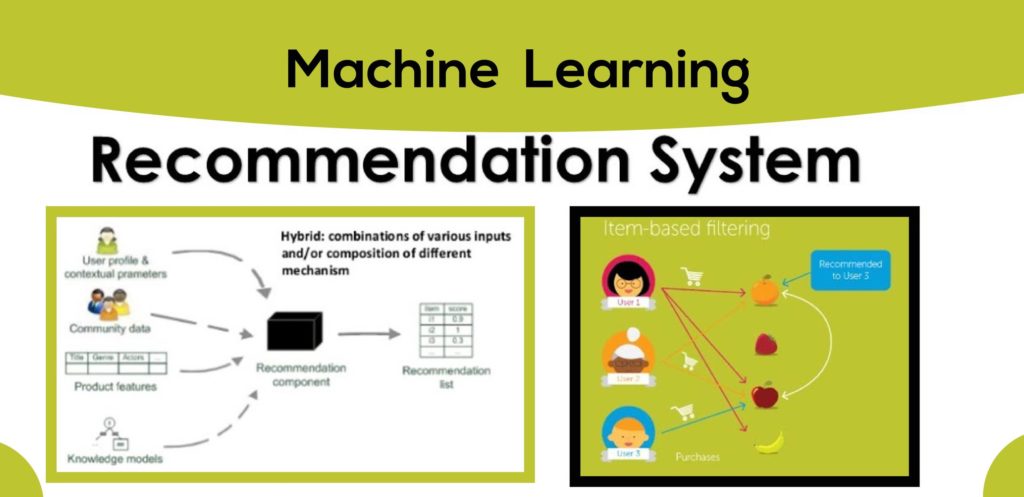
Algorithms are the key source to provide service or product recommendations to the customers. They can even manifest the most accurate predicting process for the search engines.
The algorithms alter themselves due to the data acquired from recommendation systems. The machine learning algorithms are normally split into two main categories; collaborative and content-based filtering.
Content-based filtering recommends the product with similar attributes and collaborative methods include the items which are similar from customers’ interactions.
With the thunderstorm of visitors on the internet, it has become the need of the day for businesses to adopt machine learning algorithms that predict the intent of the customers while searching for their featured item.
Recommendation Systems “Four” Phases
Standard recommender system processes data through these four phases:

· Collection of Data
Data collected by recommendation systems can be either explicit like data fed by customers (reviews or comments) or implicit like the page views, purchase history and cart events.
Collecting behavioral data is not complex, since it can be obtained by the user’s activities once they logged into your site. The recommender engine becomes smarter as it imbibes more data and the recommendations get more relevant as well, urging users to click and buy.
· Storing of Data
It all depends upon you what type of database you want to use to create recommendations, such as NoSQL database, a standard SQL database, or some kind of object storage. A scalable and organized database squeezes the required tasks to minimal and targets the recommendation itself.
· Analyzing Data
The customer recommender system analyzes data then suggests items with mutual user engagement by filtering it with different analysis trends like real-time analysis, batch analysis, or near-real-time analysis.
· Filtering Data
The last phase is filtering the data to give smart recommendations to the users. To implement this method, you must choose an algorithm that matches the engine you use. Consider some of the filtering methods:
Content-based Filtering
It revolves around the specific shopper. The algorithms catch the actions like page visits, time spent, products clicked on, and more. The system is developed relied on the description of the products the user prefers.
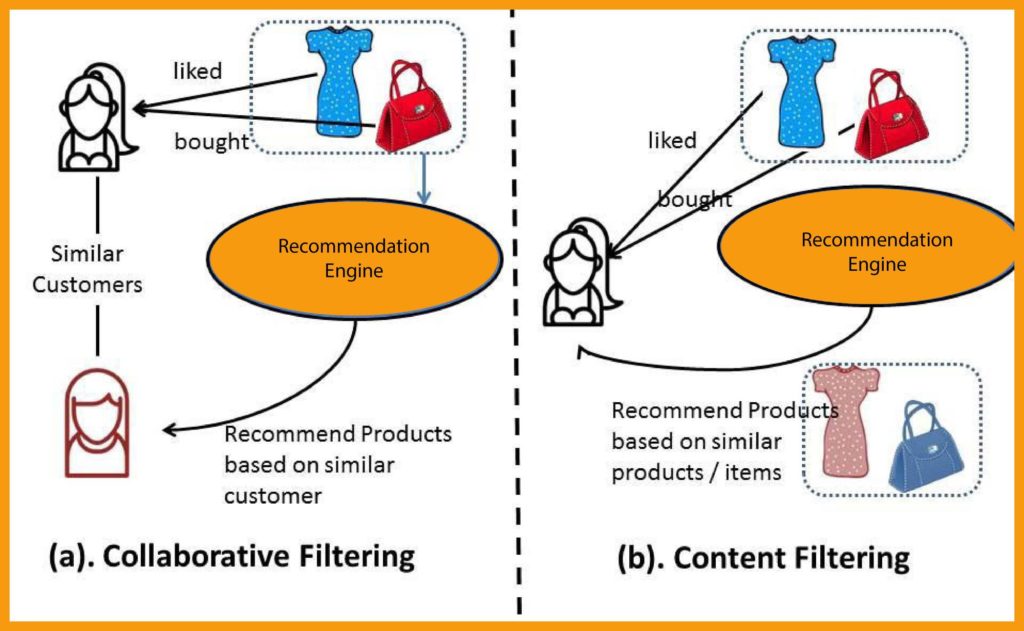
Cluster
Cluster analysis includes the grouping of objects in a way that objects in one group are more similar to the objects in other groups. An example would be recognizing and grouping customers with mutual booking activities on a travel portal, as shown in the following figure. In this sense, recommended pieces fit each other despite what other people have seen or liked.
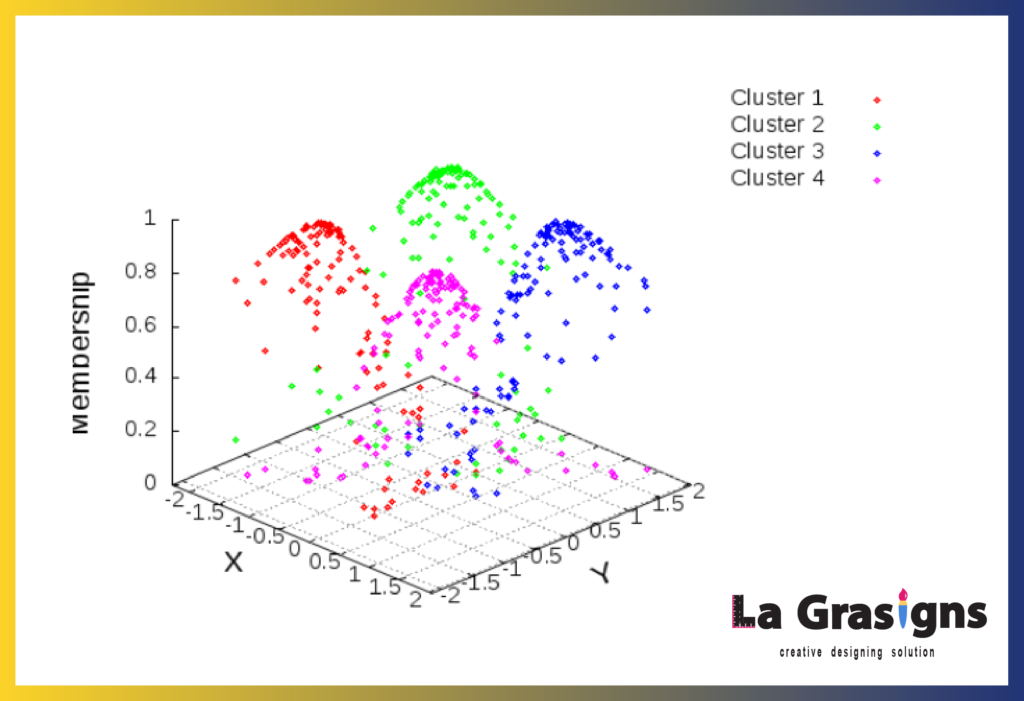
Collaborative Filtering
It allows the users to create product attributes and predict the recent tastes and preferences of the customers. The spirit of collaborative filtering is for instance; two users who have enjoyed the same service before will pick the one in the future.
Amazon’s Recommendation System
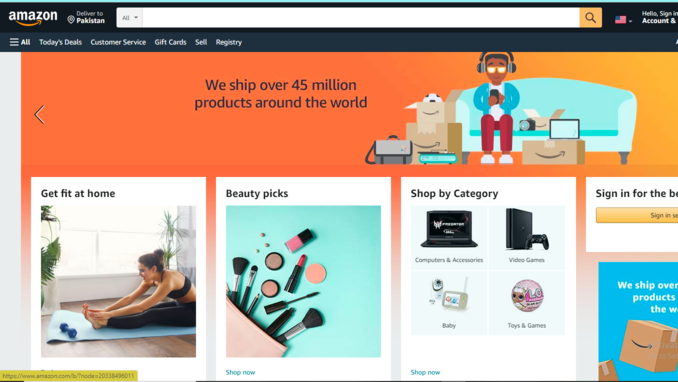
Amazon is a tech goliath that is super smart in creating headlines within the industry. It has become the world’s largest retail market leveraging customers with almost everything they desire.
Its algorithms and innovation have pulled Amazon to the formidable height of success.
Unprecedented Algorithms of Amazon
The hilarious Amazon’s success follows the trailblazing recommendation system. The company recorded a 29% sales increase to $12.83b during its second fiscal quarter, up from $9.9b during the same period last year. A lot of that growth was conditioned to the way Amazon has integrated recommendations into nearly the whole of the purchasing process…”.
Amazon’s collaborative filtering is the core of product recommendations online. It’s “collaborative” because it predicts a mutual customer’s preferences on each item.
As per item-to-item collaborative filtering, the recommendation algorithms would review the user’s recent purchases and suggest a list of related items against each purchase. These suggested items are usually the recommendations by Amazon’s algorithms to the visitors.
Amazon’s Multiple Ways to Recommend Products
Amazon.com caters more than 35% of its revenue by its amazing recommendation engine strategy:
1. On-Site Recommendations
“RECOMMENDED FOR YOU, JUDAH”

Click on the “Your Recommendations” link on Amazon.com and see a page full of products recommended only for you. The site also recommends a different category of products you’ve been browsing, to trick out products in front of you that you’re likely to click, shop, or buy.
2. FREQUENTLY BOUGHT TOGETHER
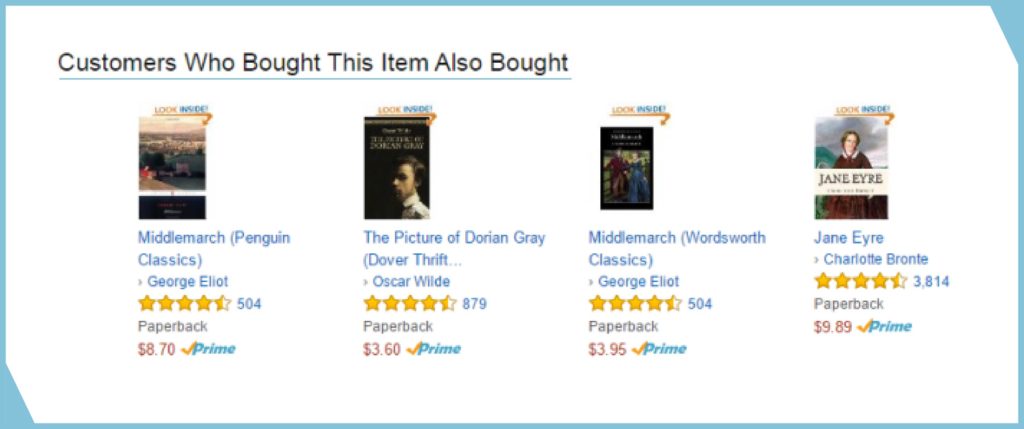
This recommendation is to increase the average order value of Amazon. Thus, it aims to up-sell and cross-sell customers by showing suggestions based on the products in their shopping cart or down the line products they’re only glancing at on-site.
3. BEST-SELLING PRODUCT

Amazon.com recommends top-selling items for shoppers seeking the new and latest products. ‘Best-selling’ category adds on a social proof element to the recommendation, that ‘other people bought it and so should you.
Bestsellers from a specific category help a user find hot products and buy from new sellers they may never have experienced before, which unfolds a whole new field of up-sell and cross-sell opportunities.
Netflix Recommendation System
Netflix Recommendation Engine (NRE) filters over 3,000 titles at a single shot using 1,300 recommendation clusters depends on user preferences.
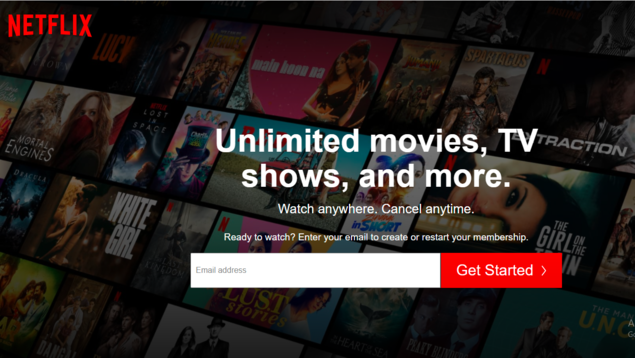
It is a subscription-based model that offers customized recommendations, to help users find their favorite shows and movies. To enable this, Netflix has created an exclusive, complex recommender system. These are the following attributes of Netflix’s recommendation system:
Super Smart Netflix Algorithms
Netflix recommends titles for almost every user on their platform. If you use Netflix, you may have seen they have really precise genres: Romantic Dramas Where the Main Character is Bald.
It is so damn reliable that 80% of Netflix viewer activity is under the heel of personalized recommendations.It’s surprising that how do they come up with those genres? And provide recommendations to their 100 million-plus subscribers who have already perceived recommendations from almost every platform they use?
Machine learning, algorithms, and creativity. These are three magic skills that let Netflix users smash preconceived ideas and get the content, they might not have initially thought of watching.
Types of Algorithms Netflix Use
Netflix uses a variety of algorithms for multiple reasons to provide an exhilarating experience to the users, catch sight of:
Personalized Video Ranking (PVR) — This algorithm is for general-purpose, which usually filters down the list by some criteria (let’s say Savage TV Programs, US TV shows, Fantasy, etc.), combined with side features plus user features and popularity.

Continue Watching Algorithm— It insists on programs that have consumed by the user but remain incomplete, typically:
- Episodic content (e.g. drama or web series)
- Non-episodic content (e.g. half-watched movies, episode-less series like Black Mirror)
The algorithm adds up the probability of the user continue watching with other context-aware signals (e.g. time elapsed in watching, point of desertion, gadget watched on, etc).

Trending Now Algorithm— This captures secular trends which Netflix assumes to be strong predictors. These short-lived trends can range from a few minutes to days. These trends are usually:
- Seasonal stories or trends which also repeat themselves (e.g. Solidarity’s day leads to an uptick in Patriotism videos being watched)
- Solo, short-lived events (e.g. Coronavirus or other furious events, leading to a temporary interest in documentaries about them)
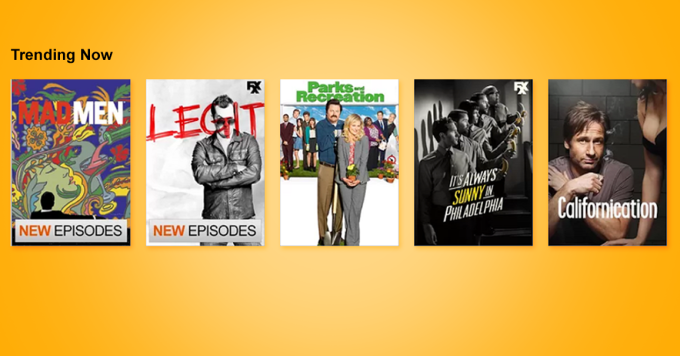
Conclusion
- Recommendation engines at this digital time bring about unreal success for any online business. But, relevant recommendations in real-time require robust abilities to correlate not just the services but also customers, logistics, inventory, and social data.
- All in all, customer recommender systems should be seen as a stalwart for any e-commerce business, and speedy future developments within the industry.
- In our opinion, AI’s customer recommender systems are a proven strength especially for marketing and advertising of products. It flourishes customer experience and can turn your brand into a worthy one. Get the smart and innovative marketing services for your business with LaGrasigns evolving strategies anytime, anywhere around the world.
7 AI Apps to Look Forward in 2021
Brands of almost every mega-industry are heading towards the unusual conditions to cater to success volumes. These brands gadget AI in apps for improving customer satisfaction levels, boost business profits or provide new-level comfort, etc.

Companies find themselves in a tug-of-war competition when they access the mobile app market. This indoor situation prompts them to consider all emerging digital trends to stay valued.
Due to the rising impact of artificial intelligence on the market worldwide, big groups like Alibaba, Amazon, eBay, or Tinder value AI in their apps to the full extent to drive customized mobile U/X and gain momentum for their businesses.
According to our company’s research, the global market of AI is forecast to touch US$252.01 billion in 2025 from US$29.82 billion in 2019, at a CAGR of 42.7%.
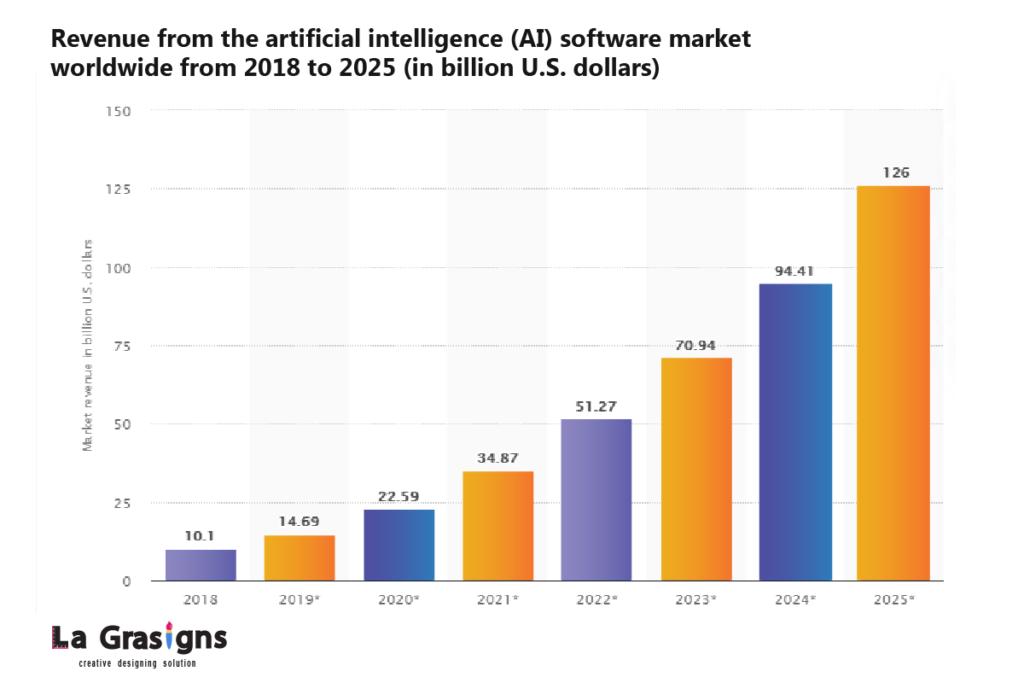
The recipe is simple, invest in AI and leapfrog your rivals, or find your business in chaos.
To help you explore what AI can feed your souls. This article shows 7 best AI-powered apps for Android and iOS platforms to recapture your delight for business, education, entertainment, assistance, health, or gaming.
BEST AI APPS FOR IOS AND ANDROID
The best-of-the-lot apps in App Store and GooglePlay show how various industries get privilege via AI implementations. The list adds the AI apps created by eminent trend-setting groups as well as have won vast popularity and keep holding strong feet in the market.
1. Retail App: E-Bay
The eBay system injects artificial intelligence to provide users a fitting shopping experience. The AI eases the process to understand the intent of the customers’ search and present a full bucket of relevant products. It helps in shortening the search time and leaves a festive impact on its consumers. E-Bay uses superintelligence- Machine vision to help find the desired product by the image added by the customers. Besides, ML lets traders discover and compare the trendy costs of items to help them sell products quicker.
Key AI applications: natural language processing, machine learning, computer vision, & translation.
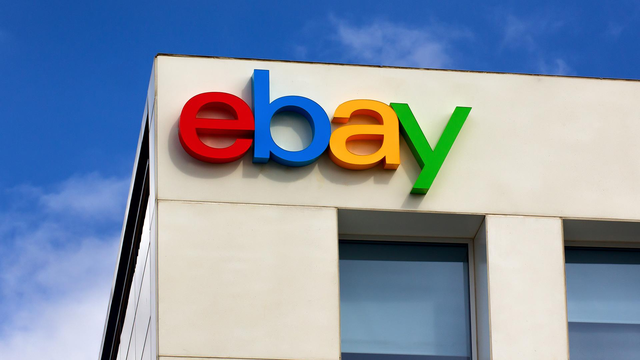
2. Media App: Pandora
Since Pandora’s music streaming service has been in the business field for 20 years, it has now earned 3rd place for radio streaming AI apps for iPhone recently. The fusion of musicology and data science facilitated the creation of the app that covers the listening tastes of users and provides them with the intended songs that exactly suit their minds at present. The “Music DNA” feature actually blends with the mood of a person; thus AI program breaks up every musical part into the smallest attributes to capture the spirit of the song.
Key AI applications: machine learning, voice and speech search, In-app Voice assistant.
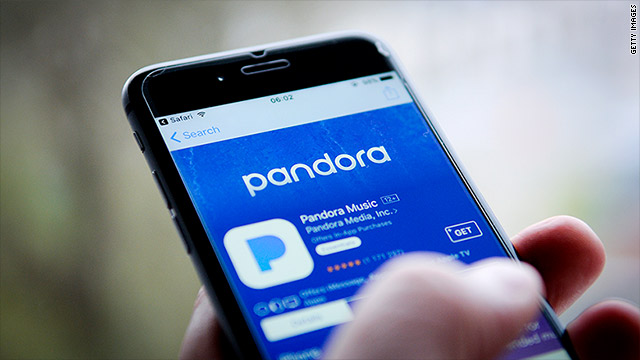
3. Health Care App: Elomia
The fear of self-isolation due to COVID-19 led to a fellow in the UK die by suicide, which urged the co-founders to launch the app Elomia. It is an AI-powered therapy chatbot, which works via Facebook Messenger, and acts as a protector of the public fighting anxiety and loneliness. It has been made by psychologists to understand the mental thoughts of one and construct a discussion that can provide pleasant comfort to users using Cognitive Behavioral Therapy (CBT). The app can also serve as a medium for people who can’t go to a therapist or have to self-isolate, turn the situation a bit more relaxed.
Key AI applications: chatbots, health assistant, virtual assistance

4. Travel App: Hopper
Predictive aptitudes of the Hopper traveling app serve millions of users with accurate insights of hotel room costs, flights, and car hire up to 1 year in advance. As a customer reaches the desired location, the app delivers information on fares, suitable travel dates and can predict the upcoming shifts in prices for the trip in the future. The app also facilitates the users with smart notifications based on their previous search on varying prices for the viewed offers. These features made Hopper app vital for all travelers in finding cheap trips and live the in-time experience.
Key AI applications: machine learning.

5. Voice Assistant App: Amazon Alexa
A leading virtual assistant mobile app by Microsoft paid heed to the user’s infotainment, planning, making to-do lists, music playback & much more. With voice interaction, the app leads to manage other Alexa-driven devices such as wearables, smart home utilities, tablets, TVs, etc., via smartphones. Customers around the globe find their trust in Amazon Alexa’s personal assistant for routine tasks. Thus it makes the Amazon company a star performer in AI-driven apps.
Key AI applications: voice recognition, streaming podcasts, real-time information, etc.
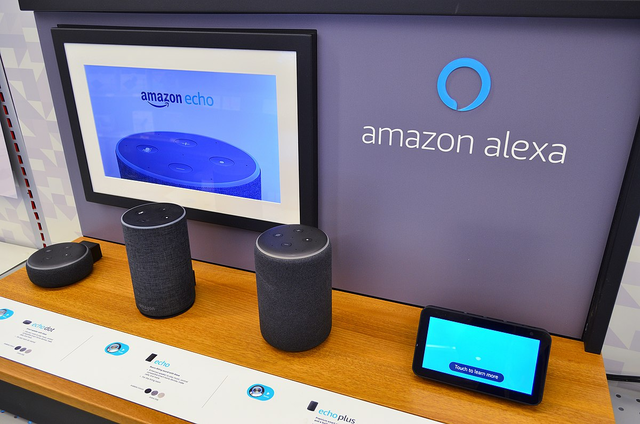
6. Education App: ELSA Speak
ELSA Speak is a hot AI-powered app of how to learn or speak English. ELSA app serves as a digital English tutor, learns from speech data that enables users to speak English without much of a force using this application. It uses voice recognition technology with Machine Learning to hear to learners’ accents and analyze the quality of declared words with red, green, and yellow colors. Its impressive feature lets users interact with the basic American literary pronunciation in English. ELSA Speak has been downloaded over 4.4m times and claims to hold more than 3.6m users in 100+ countries.
Key AI applications: machine learning & speech recognition.

7. Gaming App: Minecraft
Minecraft- Game of the Year in 2012, is a sandbox game originally planned by developer Markus Persson and later treated by Mojang. Push off a conventional video game, Minecraft has no definite goals to win in the game. It let the players arrange 3D (blocks) to create a game world, turning it into an eternal videogame. That’s All. The game does offer many different modes like spectator mode, adventure mode, and so on.
The AI feature makes Minecraft more amazing to explore. It adapts to the gamers’ customization and allows the power of fabricating virtual environments. Although there are games like Minecraft, not a single one has an edge nearer to its creativity and the scope it gives to the gamers.
Key AI applications: Deep learning, artificial neural networks.

FREQUENTLY ASKED QUESTIONS
What is an AI app?
An AI app is energy that integrates machine intelligence into its functions and services. Any app can shift into an AI application provided the call is there. AI has served groups such as Netflix & Amazon to boost their customer experience and inspire many people to have a delight of them.
What are the top AI apps?
At the moment, chatbots are one of the leading fields of AI development. Apps such as Apple’s Siri, Microsoft’s Cortana, Amazon’s Alexa are the top in this domain. For the 7 best AI apps, read LaGrasigns. blog section for more details.
What could be the cost of an AI app to build?
The cost of building an AI app relies on the stature and complexity of the intelligence required. Since it requires developers who are able to build advanced algorithms, any group developing an AI app will need to pay more to hire the skilled developers. Generally, AI integration will increase the cost of an app by between 25% to 45%.

